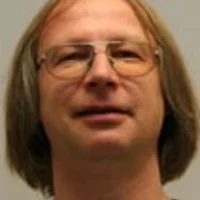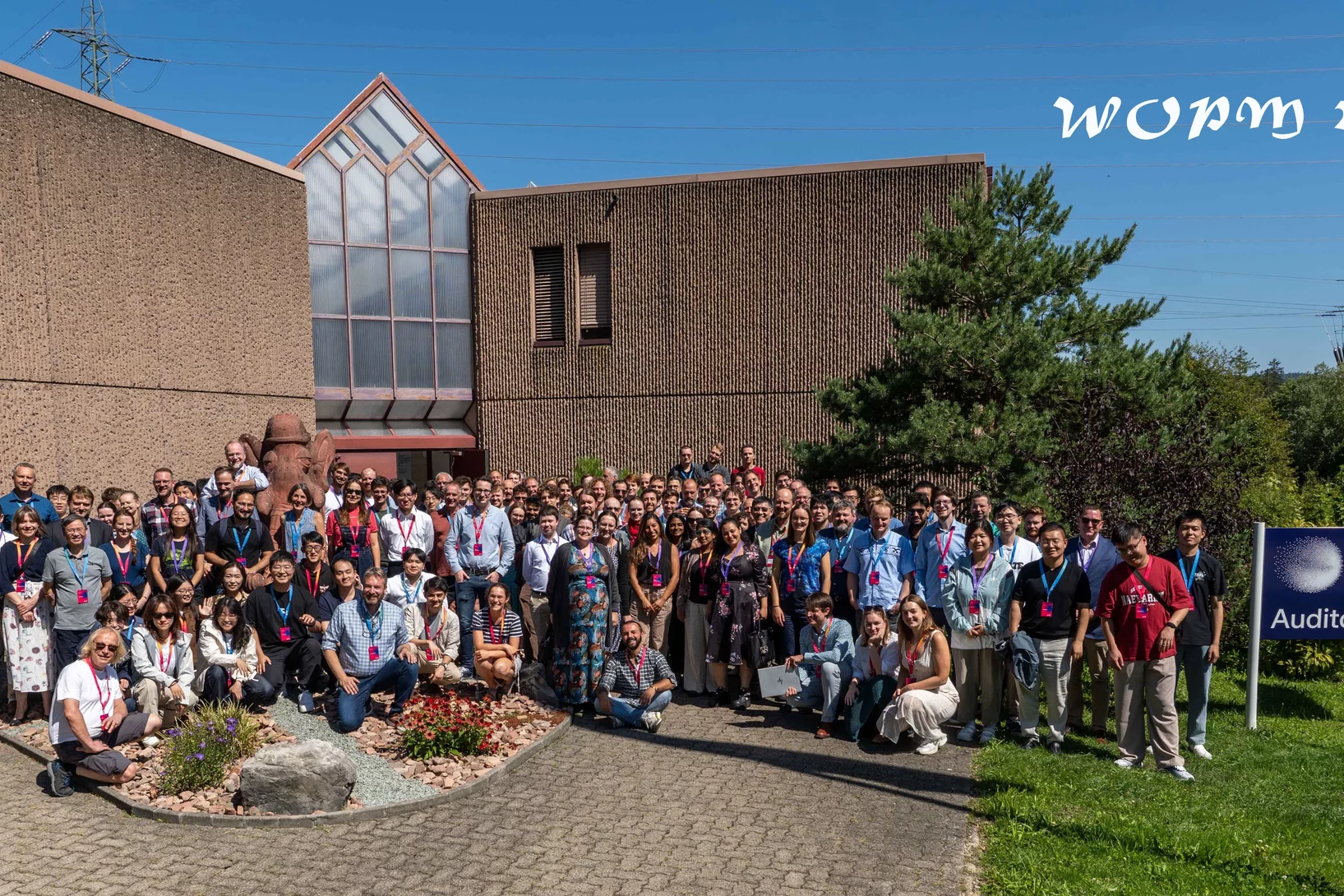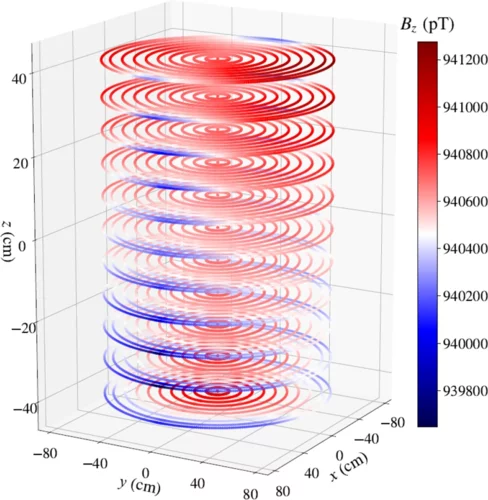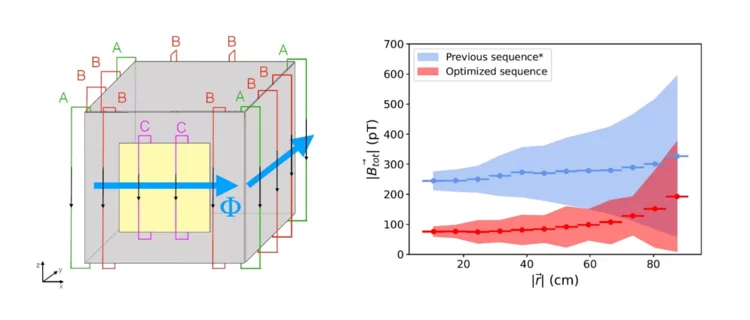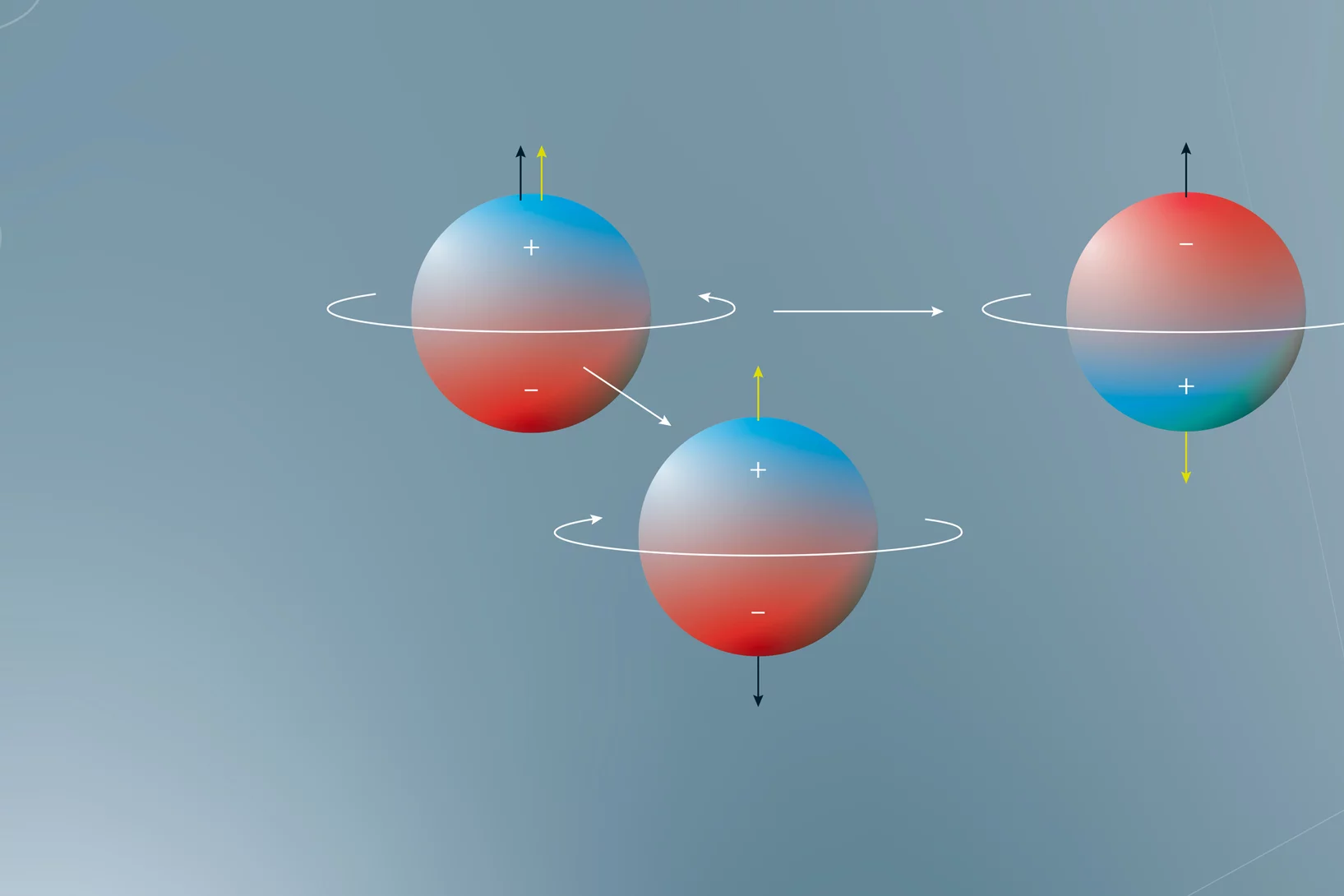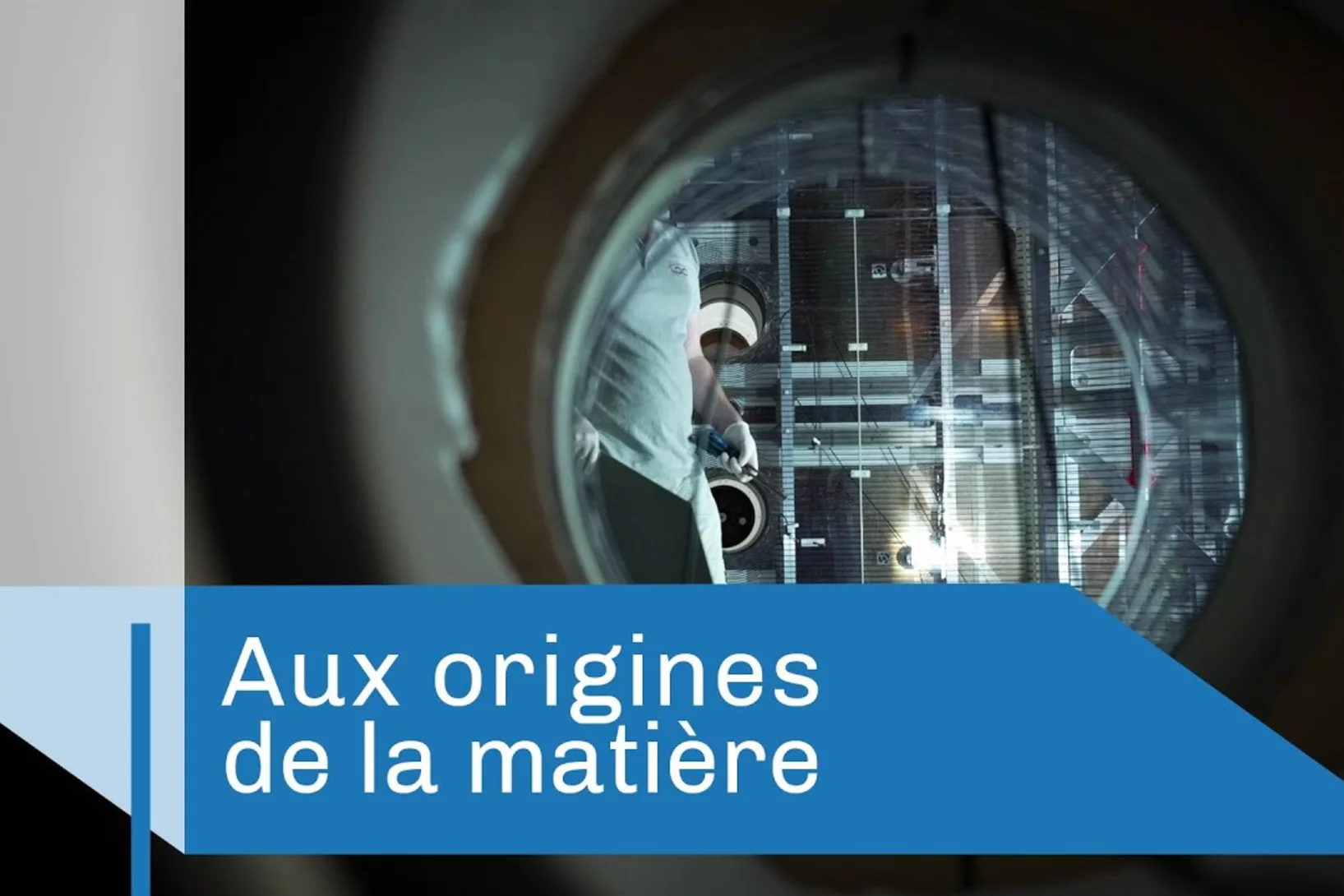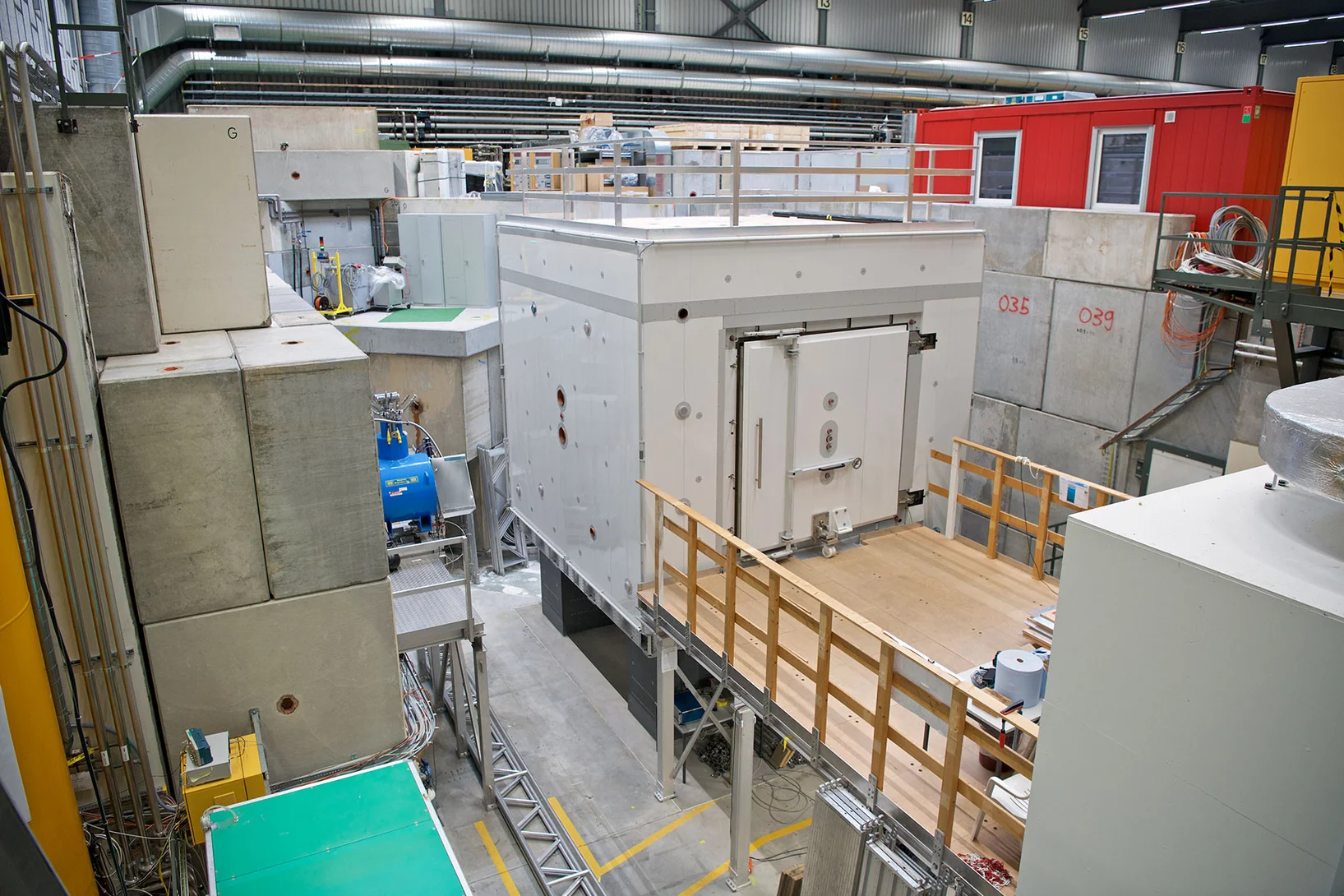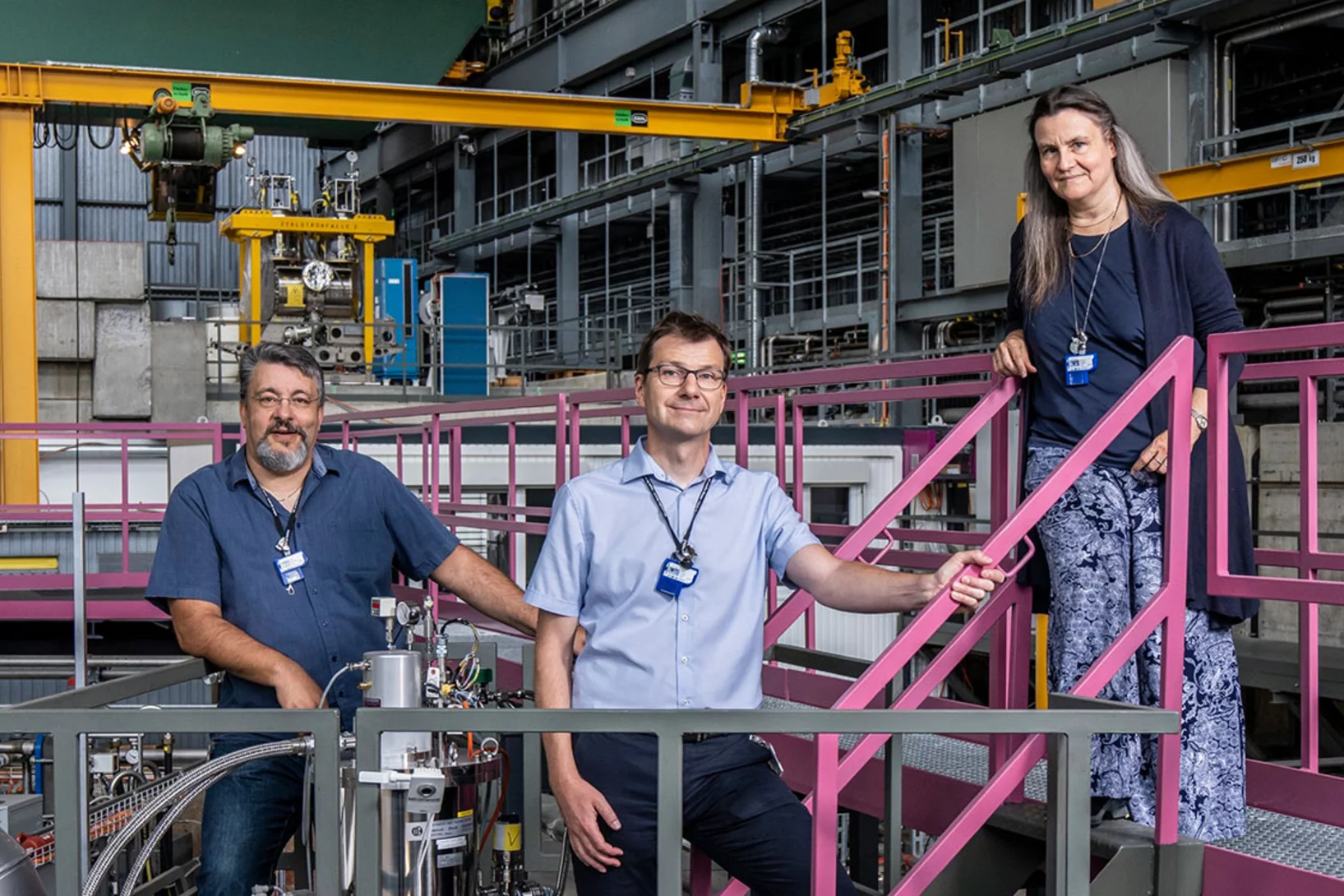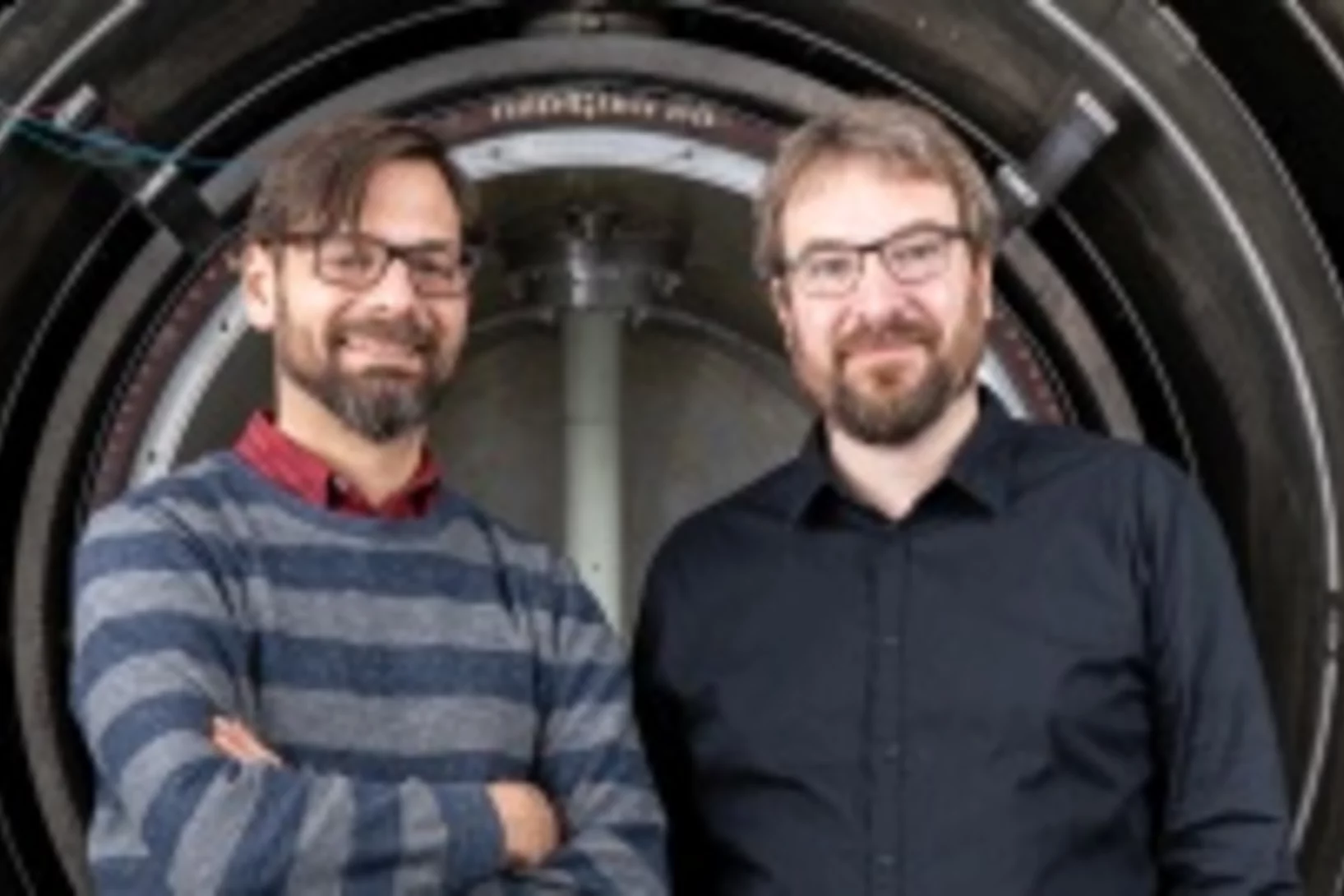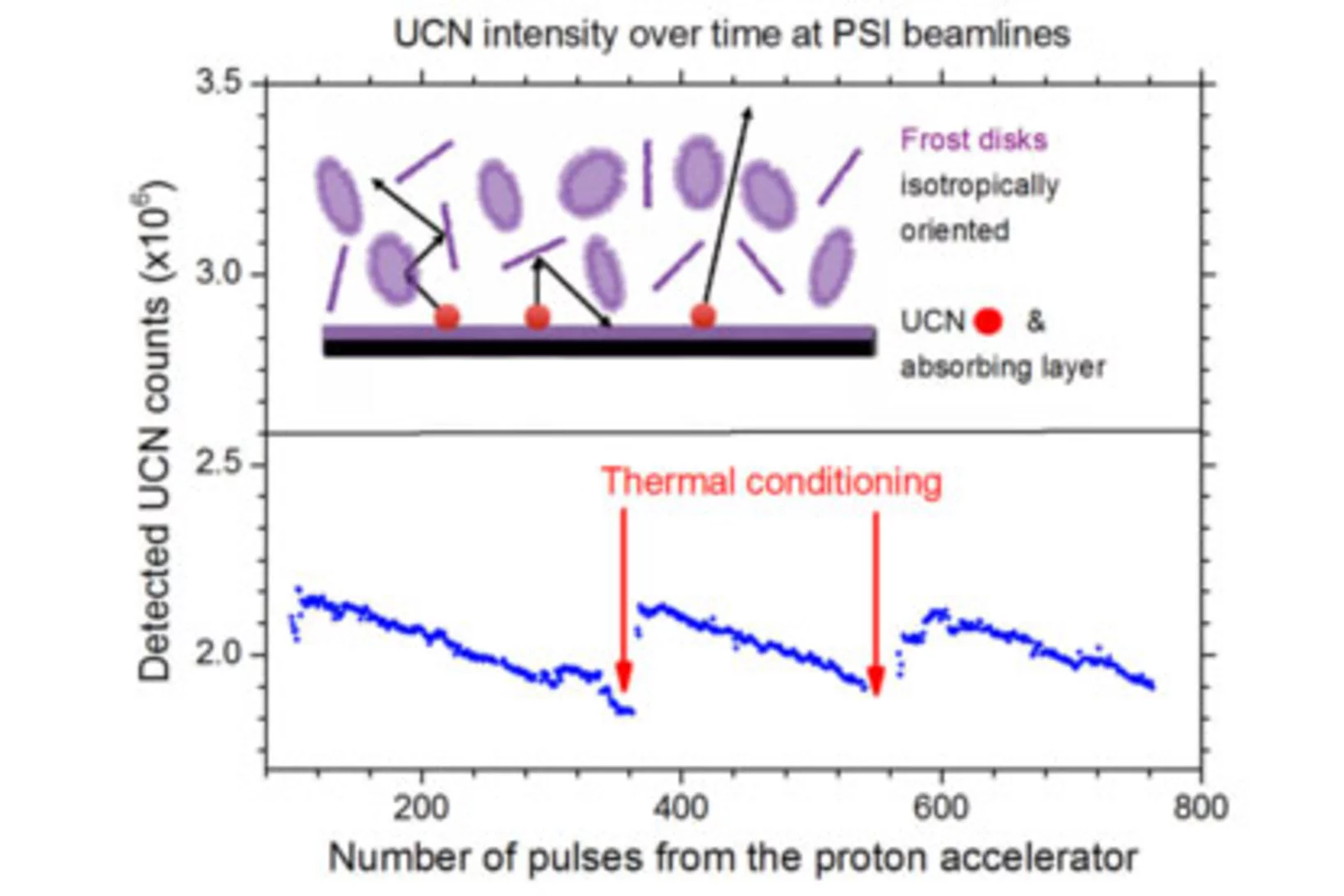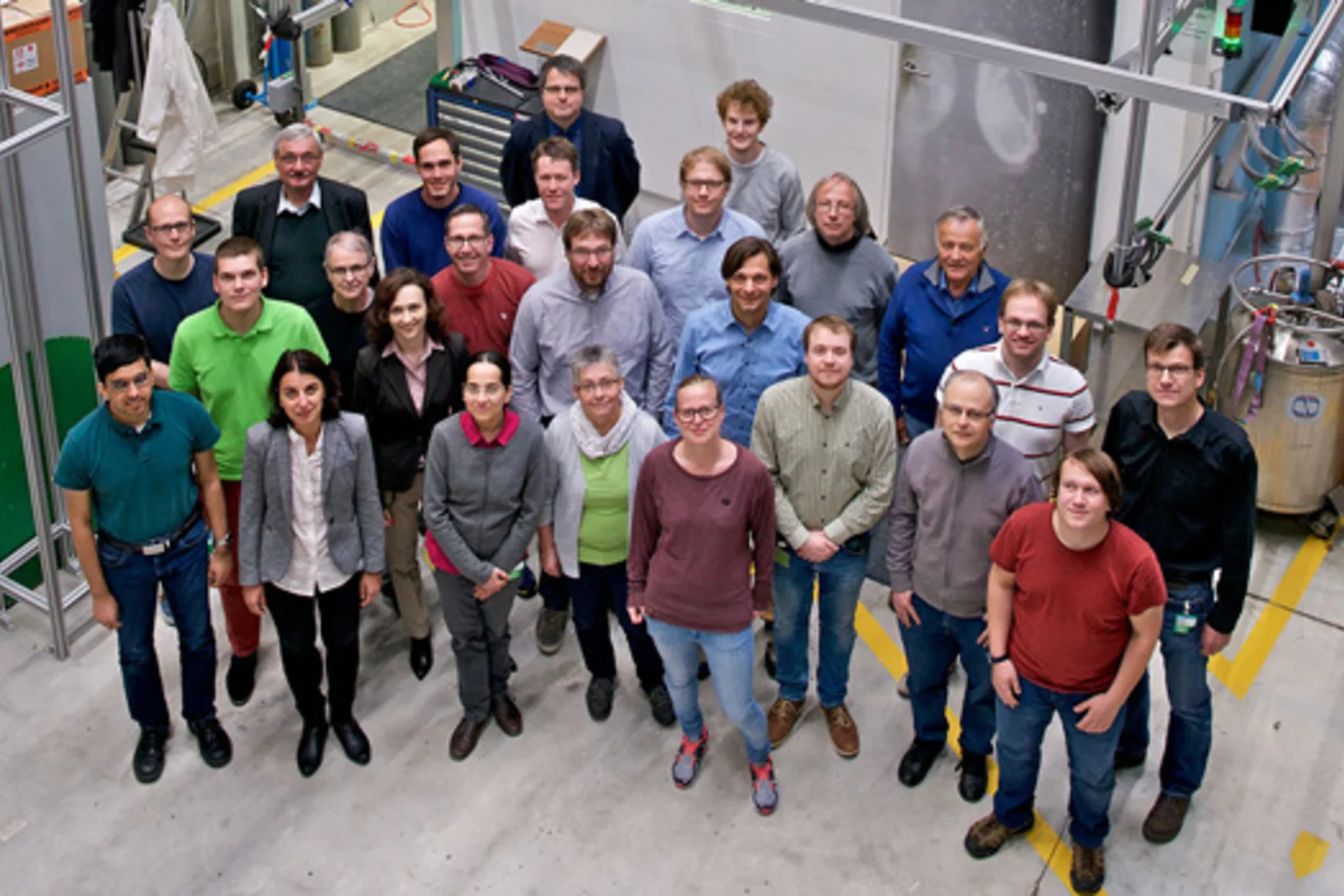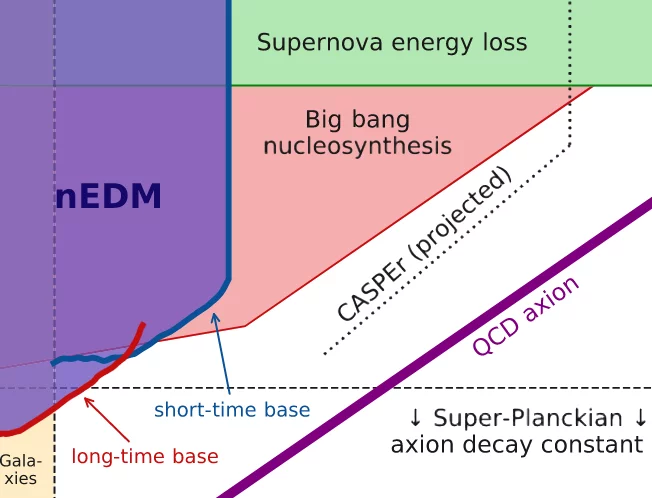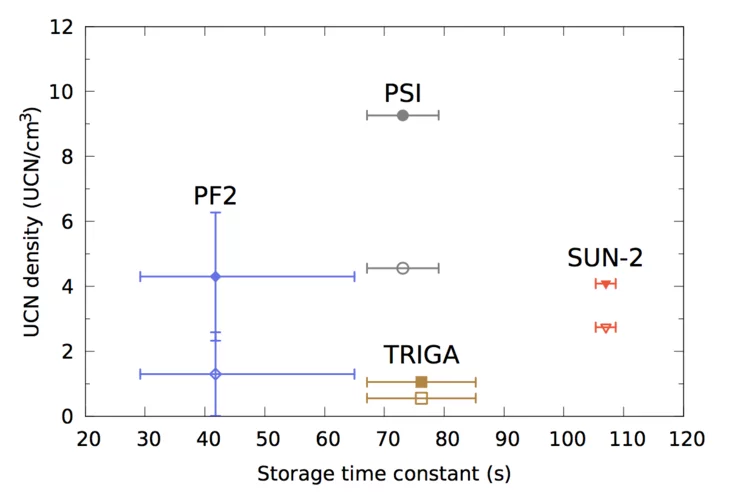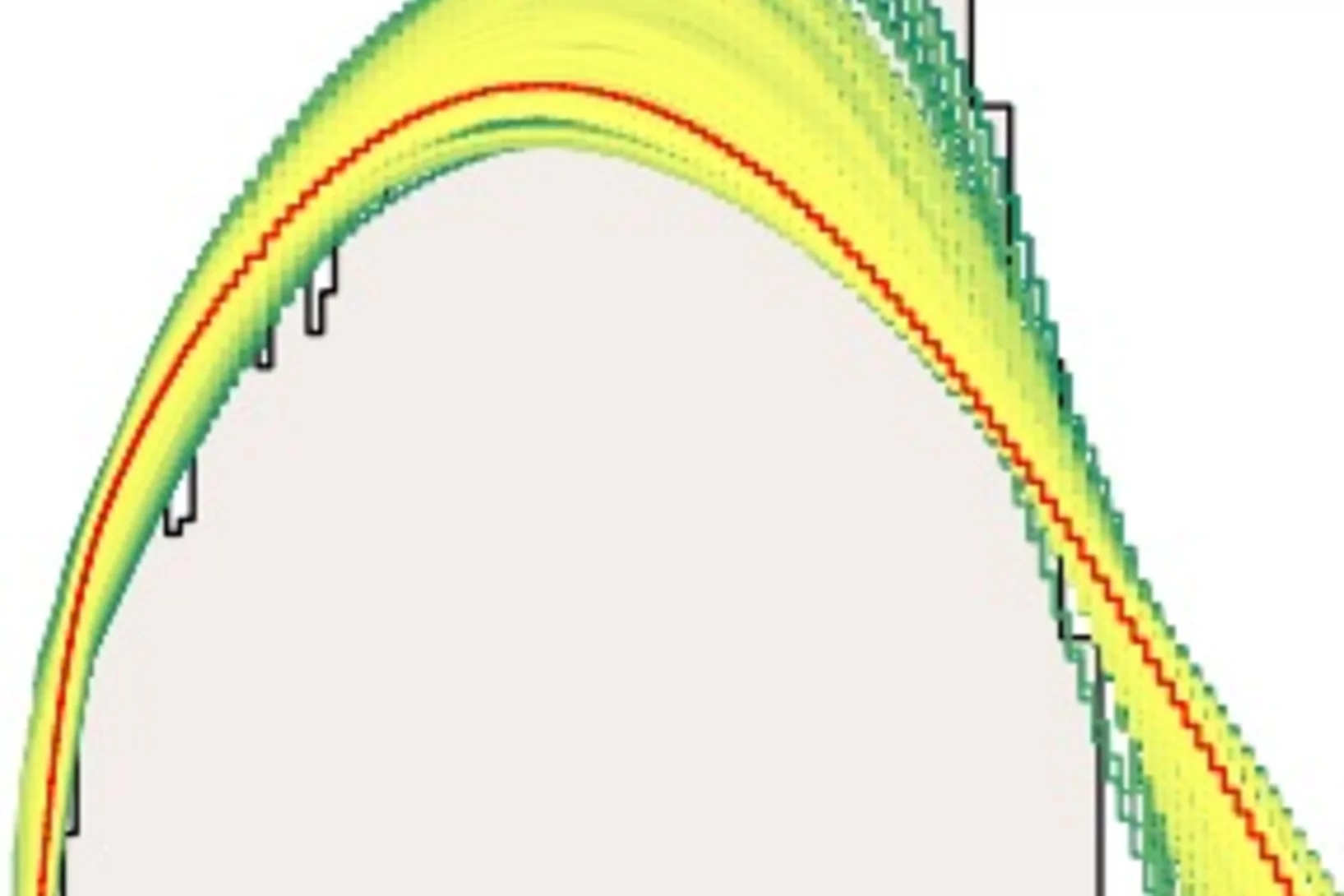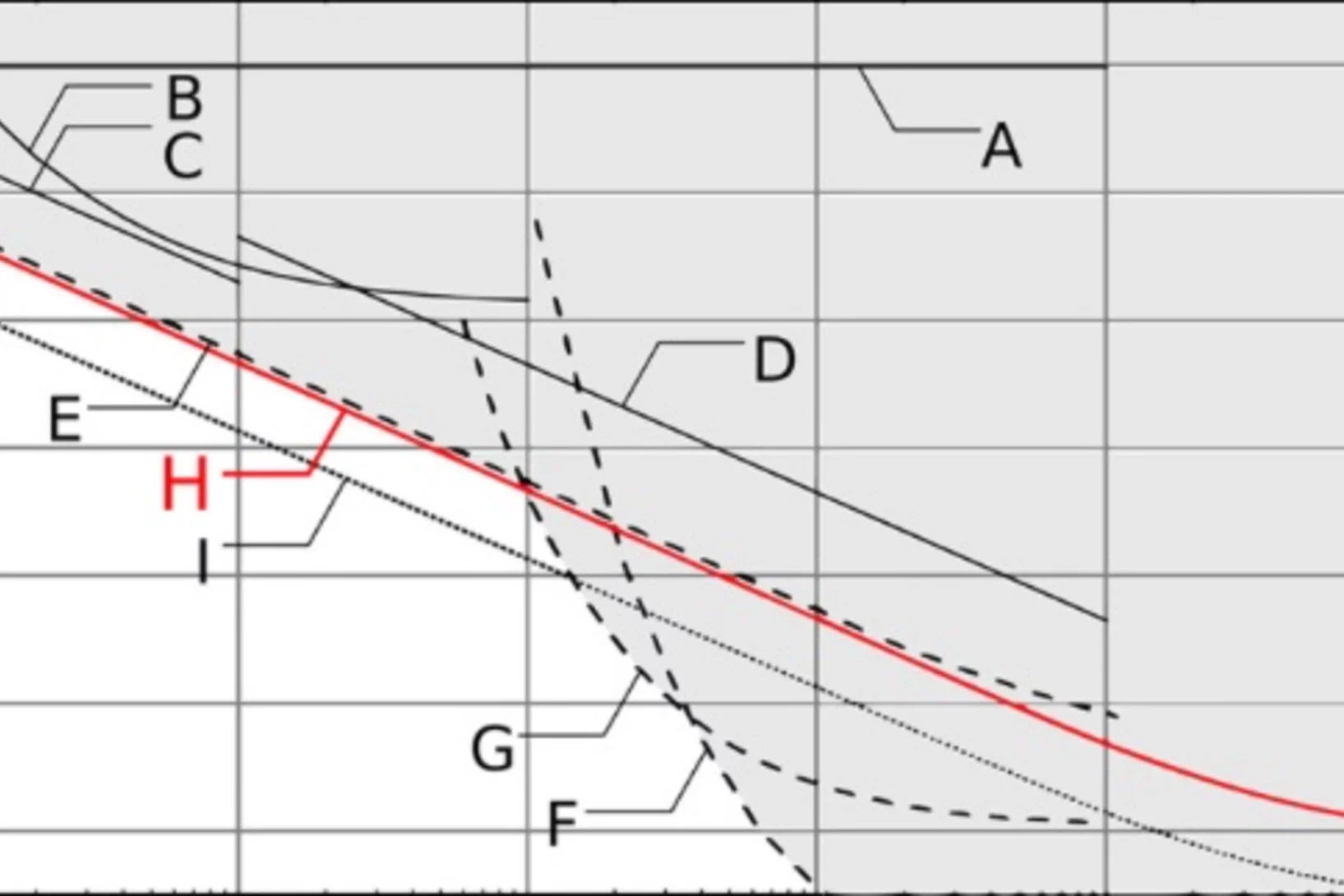2025 CHIPP Postdoc Prize for Efrain P. Segarra
The LTP/CNM physicist Efrain P. Segarra has been awarded the 2025 CHIPP Postdoc Prize!
WOPM2025 at PSI - Workshop on optically-pumped magnetometers
From August 6 to 8, the 2025 workshop on 'Optically-Pumped Magnetometers' took place at PSI with a full day of Summer School lectures, followed by scientific sessions attended by 145 researchers from institutions worldwide.
Generating a highly uniform magnetic field inside the magnetically shielded room of the n2EDM experiment
The central magnetic field of the n2EDM experiment based at PSI is of paramount importance for achieving the sensitivity goal. The necessary field homogeneity was recently demonstrated, as described here.
Achieving ultra-low and -uniform residual magnetic fields in a very large magnetically shielded room for fundamental physics experiments
n2EDM is the current state of the art experiment carrying out a high-precision search for an electric dipole moment of the neutron at the ultra-cold neutron source of PSI. In order to reach it’s incredible precision of 10-27 e cm, a stable and uniform magnetic environment is critical. Thus, shielding the experiment from external magnetic flux and preparing a pristine magnetic environment is crucial. To achieve this, n2EDM uses both passive and active magnetic shielding components. External, or residual, magnetic field contributions must be near-zero, and can be achieved via “degaussing” the experiment’s passive magnetic shielding. Degaussing reduces, ideally “erases”, the residual magnetization of a material. In this work, we greatly improved the degaussing procedure of n2EDM, reducing the residual magnetic field by a factor of two, improving its uniformity, and all while taking less time and dissipating less heat.
Plus de lumière dans l’obscurité
Au PSI, les chercheurs veulent combler les dernières lacunes du modèle standard de la physique à l'aide des grandes installations de recherche.
CNRS movie on n2EDM
Our French collaborators and CNRS produced an excellent short movie about our common n2EDM experiment. The apparatus is currently being set up in
UCN Area South. The collaboration is on track for commissioning of the apparatus with neutrons towards the end of 2022.
Magnetically shielded from the rest of the world
The shielding room in which the n2EDM experiment is expected to clarify whether the neutron has a measurable electric dipole moment or not.
(Photo: Paul Scherrer Institute/Markus Fischer)
A la recherche d’une nouvelle physique
L’accélérateur de protons à haute intensité HIPA permet à l’Institut Paul Scherrer PSI de produire des particules élémentaires pour élucider la structure de notre univers. Les chercheurs utilisent des pions, des muons et des neutrons pour vérifier la validité du modèle standard de la physique des particules.
Sur la piste de l’énigme de la matière
A la source de neutrons ultra-froids du PSI, des chercheurs ont mesuré une propriété du neutron avec une précision inégalée à ce jour: son moment dipolaire électrique. Aujourd’hui encore, on cherche en effet à comprendre pourquoi il est apparu plus de matière que d’antimatière après le Big Bang.
Solid deuterium surface degradation at ultracold neutron sources
Solid deuterium (sD2) is used as an efficient converter to produce ultracold neutrons (UCN). Itis known that the sD2 must be sufficiently cold, of high purity and mostly in its ortho-state in order to guarantee long lifetimes of UCN in the solid from which they are extracted into vacuum.
Toujours pas de trace de matière noire
Pas d’indice que la matière noire soit faite d’axions: le résultat d’une expérience menée au PSI restreint encore un peu plus le champ des théories sur la nature de la matière noire.
Search for Axionlike Dark Matter through Nuclear Spin Precession in Electric and Magnetic Fields
We report on a search for ultralow-mass axionlike dark matter by analyzing the ratio of the spin-precession frequencies of stored ultracold neutrons and 199Hg atoms for an axion-induced oscillating electric dipole moment of the neutron and an axion-wind spin-precession effect. No signal consistent with dark matter is observed for the axion mass range 10-24 ≤ ma ≤ 10-17eV.
Comparison of ultracold neutron sources for fundamental physics measurements
Ultracold neutrons (UCNs) are key for precision studies of fundamental parameters of the neutron and in searches for new charge-parity-violating processes or exotic interactions beyond the Standard Model of particle physics. The most prominent example is the search for a permanent electric-dipole moment of the neutron (nEDM). We have performed an experimental comparison of the leading UCN sources currently operating.
Observation of Gravitationally Induced Vertical Striation of Polarized Ultracold Neutrons by Spin-Echo Spectroscopy
We describe a spin-echo method for ultracold neutrons (UCNs) confined in a precession chamber and exposed to a |B0| = 1μT magnetic field. We have demonstrated that the analysis of UCN spin-echo resonance signals in combination with knowledge of the ambient magnetic field provides an excellent method by which to reconstruct the energy spectrum of a confined ensemble of neutrons.
Constraining interactions mediated by axion-like particles with ultracold neutrons
We report a new limit on a possible short range spin-dependent interaction from the precise measurement of the ratio of Larmor precession frequencies of stored ultracold neutrons and 199Hg atoms confined in the same volume. The measurement was performed in a ∼1μT vertical magnetic holding field with the apparatus searching for a permanent electric dipole moment of the neutron at the Paul Scherrer Institute.
